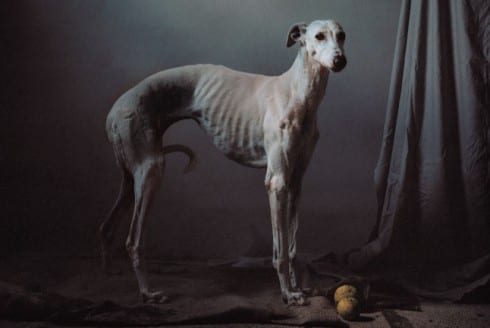 SCIATICA has been afflicting mankind since the dawn of, well, mankind.
SCIATICA has been afflicting mankind since the dawn of, well, mankind.
Hippocrates, the father of modern medicine, described sciatica thousands of years ago. However, it was two American surgeons, William Mixter and Joseph Barr, who published a landmark paper in 1934 documenting that the inter-vertebral disc was responsible for their patients’ pain. Only then did surgical treatment for the condition become more widely accepted.
Sciatica is a common condition, characterised predominantly by pain, and around 5% of the population will experience it at least once.
The symptoms of sciatica are pain, numbness, weakness and pins-and-needles. The intensity of the pain varies from mild to life-altering.
Fortunately, most people recover quickly with minimal need to invasive medical treatment.
Even Hippocrates noted that within 40 days, most were rid of their pain.
The most common cause of sciatica is a ‘slipped disc’. This is when a piece of the middle of the disc (nucleus) protrudes backwards into the spinal canal, where the nerves are located.
On rare occasions, a massive piece of the disc fills the whole of the spinal canal and can cause problems with control of the passing water, bowel opening and sexual function.
This is called ‘Cauda Equina Syndrome’, as the nerves of the spine at this level look like a horse’s tail.
This represents an emergency and urgent medical attention is required.
There are many other reasons for sciatic-type leg pain though, which can be explored by your healthcare professional, if the symptoms are not resolving with standard treatment.
The diagnosis of sciatica is predominantly clinical, based on the patient’s story. However, if the pain is not settling with time and simple medication, then an MRI scan is a sensible way to go about assessing the problem at hand.
Treating sciatica on the whole is very successful without an operation: most people will get better within six weeks.
During that period, they may require analgesia, such as anti-inflammatory drugs and if really severe neuropathic pain drugs such as Amitriptyline or Gabapentin.
However, if the pain is so severe, and nothing is helping, an epidural injection can be performed.
Finally, if none of the above is successful then surgery can be undertaken, where the disc material is removed from the spinal canal to bring about relief.
Thankfully, surgery is only required in about 5-10% of cases and has a good chance of bringing about significant pain relief.
The key is to consult a suitably qualified medical professional who can advise on the appropriate course of action.
The Exeter Nuffield hospital has long history of providing high quality, successful treatments for sciatica.
Among its many fully qualified and experienced surgeons is Daniel Chan, voted one of the best spine surgeons in the UK by the Daily Mail. The leading private hospital, in Devon, is located just minutes from Exeter airport. For more information, email Exeter.enquiries@nuffieldhealth.com
Click here to read more News from The Olive Press.








